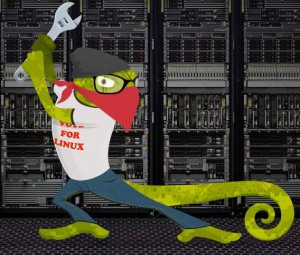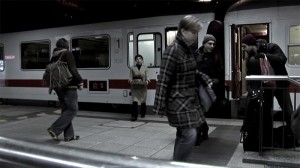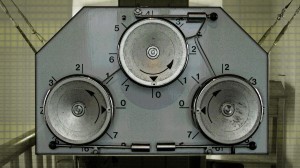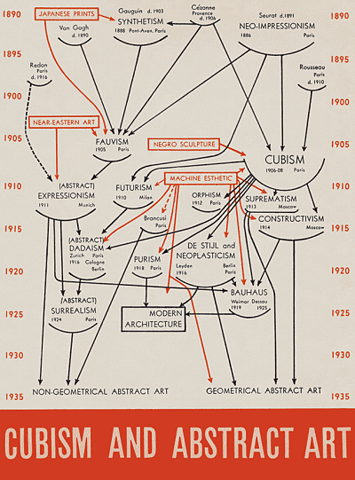11
11/09
22:55
I’m using Linux
Hi,
since two months I’m using a linux distribution in my hp pavillion ze5300, it is OpenSUSE 11.1.

I tried several years ago with Lycoris, but it didn’t work out. Now I have a dual system computer with OpenSUSE in one partition as default OS and Microsoft Windows in another partition while I do a complete transition. The installation took 30 minutes and it was easier and simpler as I initially thought.
Right now, I’m using most of the times Linux. My activities include, surf in and communicate via internet (firefox, skype); process documents, spreadsheets, and presentations (openoffice); work with pictures, photos, and images (gimp); download photos from my digital camera; write sketches in processing; listen to music and watch movies (vlc); and finally to keep update my blog (wordpress), and my gallery of pictures. It might be most of my time in front of my computer.
I work as designer and I’ve to acknowledge that some applications are behind the mainstream and standards imposed by firms as for instance Adobe, nevertheless with a little bit of time, patience and creativity to teak; I’ve discover that I can produce pieces of a good quality in software like: InkScape or Scribus.
So far I’ve had some annoyances with my wireless card and some video projectors, but my machine is quite old and I guess the newer the distro the easier to find adequate drivers and firmware for Linux distributions.
The curve of learning for somebody with no experience in configuring an OS is low (two weeks to one month) as many things work automatically, for instance on-line updates through YaST or software installation. If this is not enough, I’ve found in forums a large community of people always ready to help :). The system is very very stable and reliable. Before I had very few problems, including some annoying viruses, with Windows XP.
I went into Linux because of my conviction about the freedom we have to have in choosing, changing and distributing digital objects under the GNU/GPL and Creative Commons licences, we cannot continue being segmented and restricted by software companies without having access to the source codes of what actually builds our digital environment and without the freedom to share these digital objects. OpenSUSE is distributed under the GNU licence.


